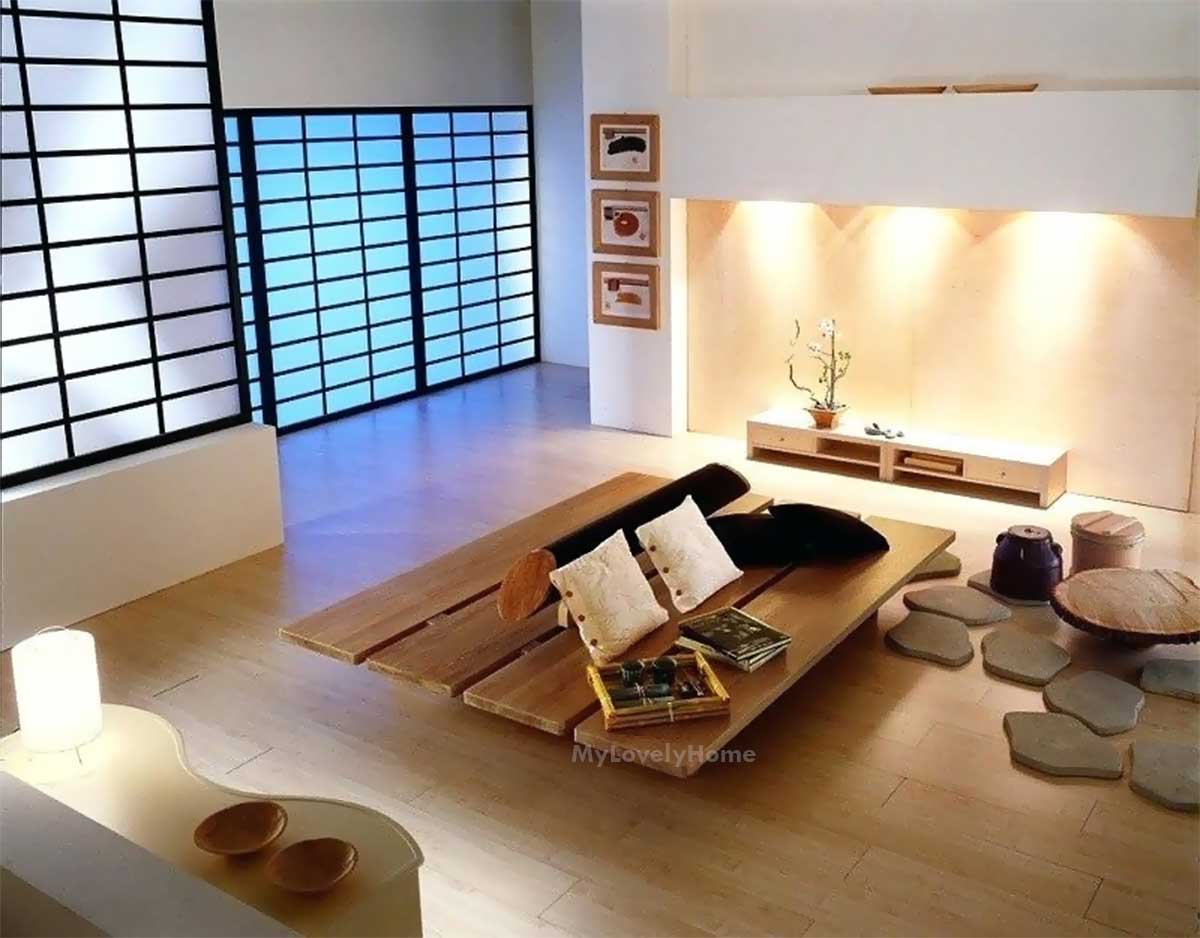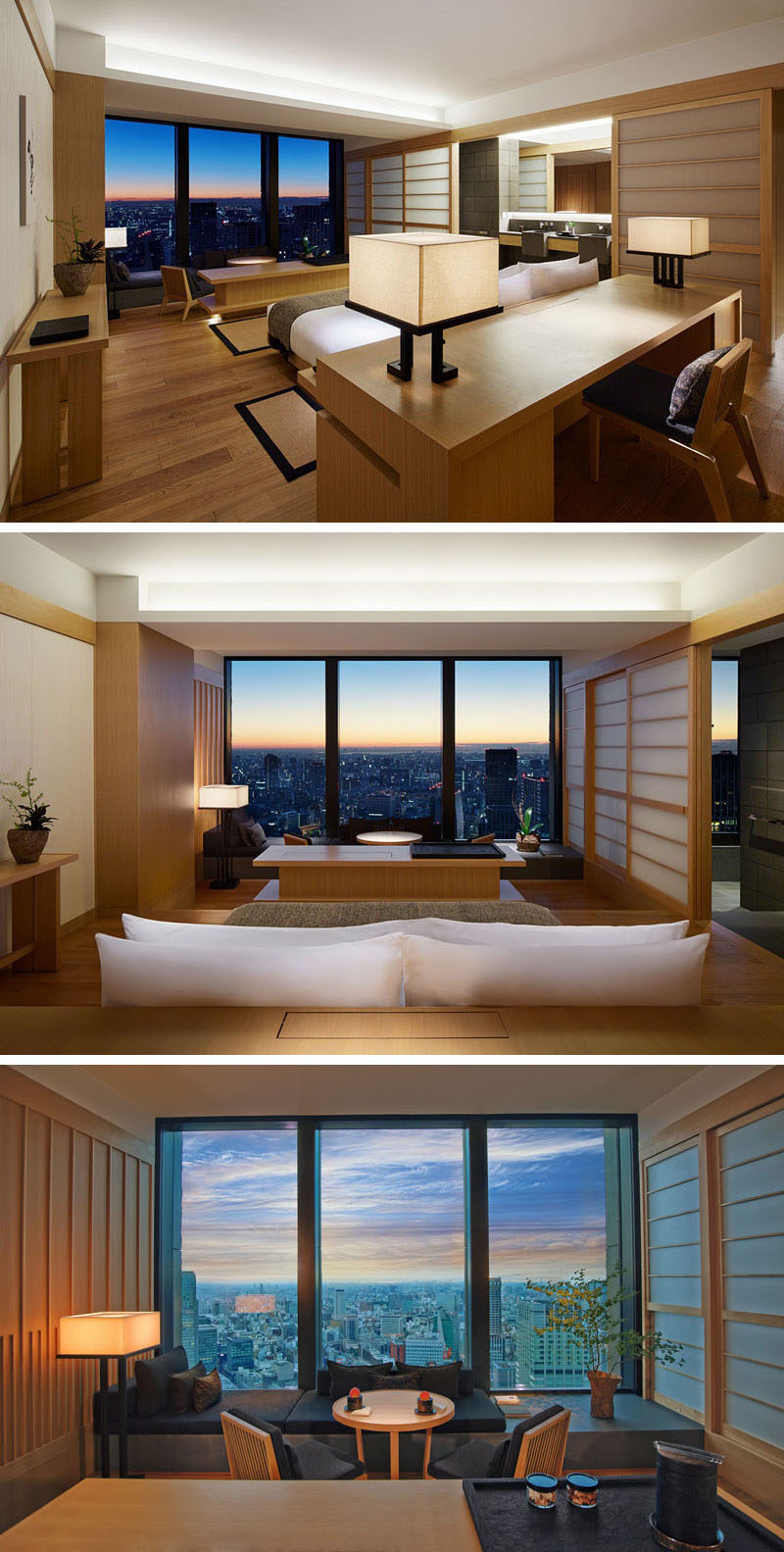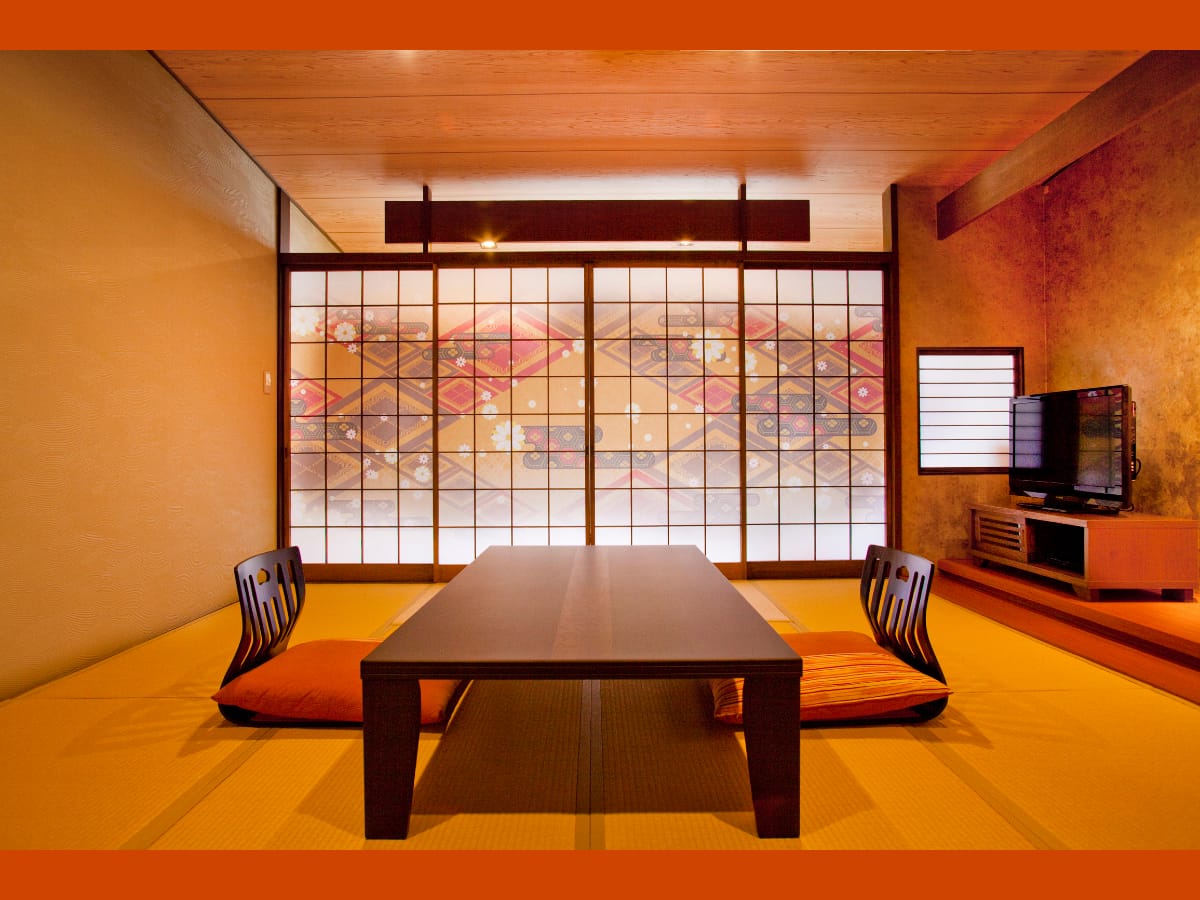The Japanese aesthetic is known for its simplicity, minimalism, and harmony with nature. These elements make it the perfect inspiration for a modern living room design. By incorporating traditional Japanese elements, you can create a space that is both serene and stylish.Japanese-style living room design
When it comes to modern Japanese interior design, less is definitely more. This style focuses on clean lines, open spaces, and a neutral color palette. To achieve this look, opt for furniture and décor that is sleek and simple, with a touch of traditional Japanese elements.Modern Japanese interior design ideas
A minimalist Japanese living room is all about creating a clutter-free and calming space. This can be achieved by keeping furniture to a minimum and incorporating natural materials such as wood and bamboo. Adding a shoji screen or fusuma sliding doors can also add a touch of Japanese elegance to the room.Minimalist Japanese living room
Tatami mats are a traditional Japanese flooring material made from rice straw. These mats are not only comfortable to sit or lie on, but they also add a touch of authenticity to a modern Japanese interior. They can be used as an area rug or cover the entire floor for a more traditional look.Tatami mat flooring in modern Japanese interior
Incorporating feng shui principles into your Japanese interior design can help create a harmonious and balanced space. This can be achieved by arranging furniture and décor in a way that promotes good energy flow and using natural elements such as plants and water features.Feng shui in Japanese interior design
Zen is a key element in Japanese interior design, and it can be incorporated into a modern living room through simple, natural, and calming elements. Opt for furniture with clean lines, neutral colors, and natural materials. Adding a small Zen garden or water feature can also add a touch of tranquility to the space.Zen-inspired living room design
Sliding doors are a staple in Japanese interior design. They not only save space but also add a touch of elegance and functionality to a room. Opt for fusuma doors with traditional Japanese designs or shoji screens made from rice paper for a more modern look.Japanese sliding doors in modern interior
Natural materials are a key element in Japanese interior design. Incorporating elements such as wood, bamboo, and stone can add warmth, texture, and a connection to nature in a modern living room. These materials can be used in furniture, flooring, and décor.Natural materials in Japanese interior design
Simplicity is at the core of Japanese interior design. This can be seen in the clean lines, minimal clutter, and neutral color palette. To achieve this look in your living room, opt for simple and functional furniture, keep décor to a minimum, and stick to a neutral color scheme.Simplicity in Japanese living room decor
Nature plays a significant role in Japanese culture, and it is often incorporated into interior design. To bring nature into your modern Japanese living room, consider adding a tokonoma alcove with a traditional art piece, a bonkei miniature garden, or a kakejiku hanging scroll with a nature-inspired design.Incorporating nature in modern Japanese interior design
The Simplicity and Elegance of Modern Japanese Interior Design in the Living Room

Embracing the Principles of Minimalism
 The modern Japanese interior design style is one that has gained popularity in recent years due to its emphasis on simplicity and functionality. At its core, this design style follows the principles of minimalism, which is rooted in the Japanese aesthetic philosophy of wabi-sabi. This philosophy embraces imperfection, impermanence, and simplicity, and these principles are evident in the design of a modern Japanese living room.
The use of clean lines, neutral colors, and natural materials such as wood and stone are key elements in creating a modern Japanese living room. Furniture is kept to a minimum, with only essential pieces included to create a clutter-free and open space. This not only creates a sense of calm and serenity, but also allows for more focus on the few carefully chosen pieces in the room.
The modern Japanese interior design style is one that has gained popularity in recent years due to its emphasis on simplicity and functionality. At its core, this design style follows the principles of minimalism, which is rooted in the Japanese aesthetic philosophy of wabi-sabi. This philosophy embraces imperfection, impermanence, and simplicity, and these principles are evident in the design of a modern Japanese living room.
The use of clean lines, neutral colors, and natural materials such as wood and stone are key elements in creating a modern Japanese living room. Furniture is kept to a minimum, with only essential pieces included to create a clutter-free and open space. This not only creates a sense of calm and serenity, but also allows for more focus on the few carefully chosen pieces in the room.
Bringing Nature Indoors
 Nature holds a special place in Japanese culture, and this is reflected in their interior design. In a modern Japanese living room, there is often a seamless blend between the indoor and outdoor spaces. Large windows and sliding doors allow for plenty of natural light to enter the room, creating a sense of connection with the outside world. Plants and natural elements, such as bonsai trees and bamboo, are also commonly incorporated into the design, bringing a sense of tranquility and balance to the space.
Nature holds a special place in Japanese culture, and this is reflected in their interior design. In a modern Japanese living room, there is often a seamless blend between the indoor and outdoor spaces. Large windows and sliding doors allow for plenty of natural light to enter the room, creating a sense of connection with the outside world. Plants and natural elements, such as bonsai trees and bamboo, are also commonly incorporated into the design, bringing a sense of tranquility and balance to the space.
The Art of Zen
 Another key aspect of modern Japanese interior design is the incorporation of Zen elements. This includes the use of traditional Japanese artwork, such as calligraphy and paintings, as well as the practice of feng shui. These elements not only add visual interest to the living room, but also promote a sense of harmony and balance within the space.
In conclusion, modern Japanese interior design offers a unique and elegant approach to designing a living room. By embracing minimalism, nature, and Zen principles, this design style creates a space that is both functional and aesthetically pleasing. So if you're looking to create a calm and peaceful living room, consider incorporating elements of modern Japanese design into your home.
Another key aspect of modern Japanese interior design is the incorporation of Zen elements. This includes the use of traditional Japanese artwork, such as calligraphy and paintings, as well as the practice of feng shui. These elements not only add visual interest to the living room, but also promote a sense of harmony and balance within the space.
In conclusion, modern Japanese interior design offers a unique and elegant approach to designing a living room. By embracing minimalism, nature, and Zen principles, this design style creates a space that is both functional and aesthetically pleasing. So if you're looking to create a calm and peaceful living room, consider incorporating elements of modern Japanese design into your home.







.jpg)



























































































.jpg)












